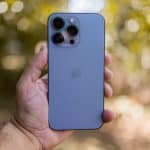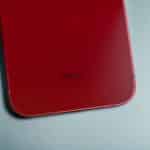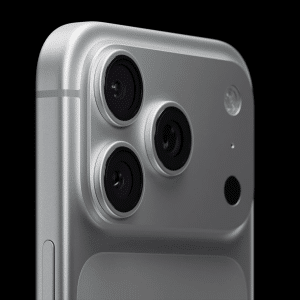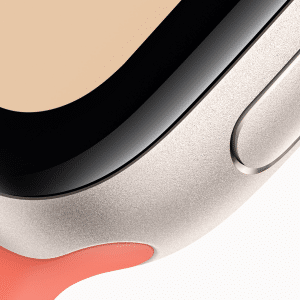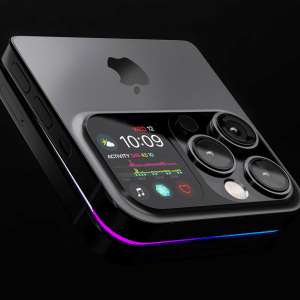If you’ve still got reservations about Face ID, perhaps the latest patent from Apple might give you some peace of mind.
The company first applied for the patent on November 12, 2015, but it wasn’t until Tuesday that the U.S. Patent and Trademark office published that it had been granted. Called “Vein imaging using detection of pulsed radiation,” the patent describes the use of infrared emitter and a receiver that can detect blood vessel patterns below the surface of the skin.
This system consists of an optical transmitter that will emit multiple pulses of infrared light toward an area of the user’s body, such as their hand or face. This infrared light is able to pass through the skin and reflect off the user’s veins, with returning light being received by an image capturing device that’s capable of receiving IR light.
The data that’s generated by the reflected IR light and is then processed to generate an image of the blood vessels in the defined area. Based on the ‘time-of-flight’ of the pulses, this technique could also be used to generate a three-dimensional map of the body’s surface.
Apple has noted that the existing vein-based authentication systems for hands have proven to be incredibly accurate “due to the complexity of the vein patterns in the hand.” Vein patterns are, of course, internal to the body so it would be extremely difficult for a person to replicate.
Additionally, as vein imaging is also contactless, it will “alleviate hygienic concerns” associated with other systems that use fingerprint or handprint authentication.
Although Apple discusses vein authentication in relation to hands, the patent also mentions the ability to use it in other areas. This could also help Face ID solve its “twin problem” if the two systems were used together.
Face ID’s facial map creation is considered to have a one-in-a-million false positive rate, with Apple suggesting that there could be issues when it comes to identical twins or family members that look alike. The structure of veins in the face differ from person to person, even between twins, so such a system would help to minimize any of these false positives.
When we consider that the TrueDepth camera in the iPhone X has both an emitter and a receiver system, the addition of two more sensors to implement vein-based authentication does seem to be a plausible addition to a future Apple device.






